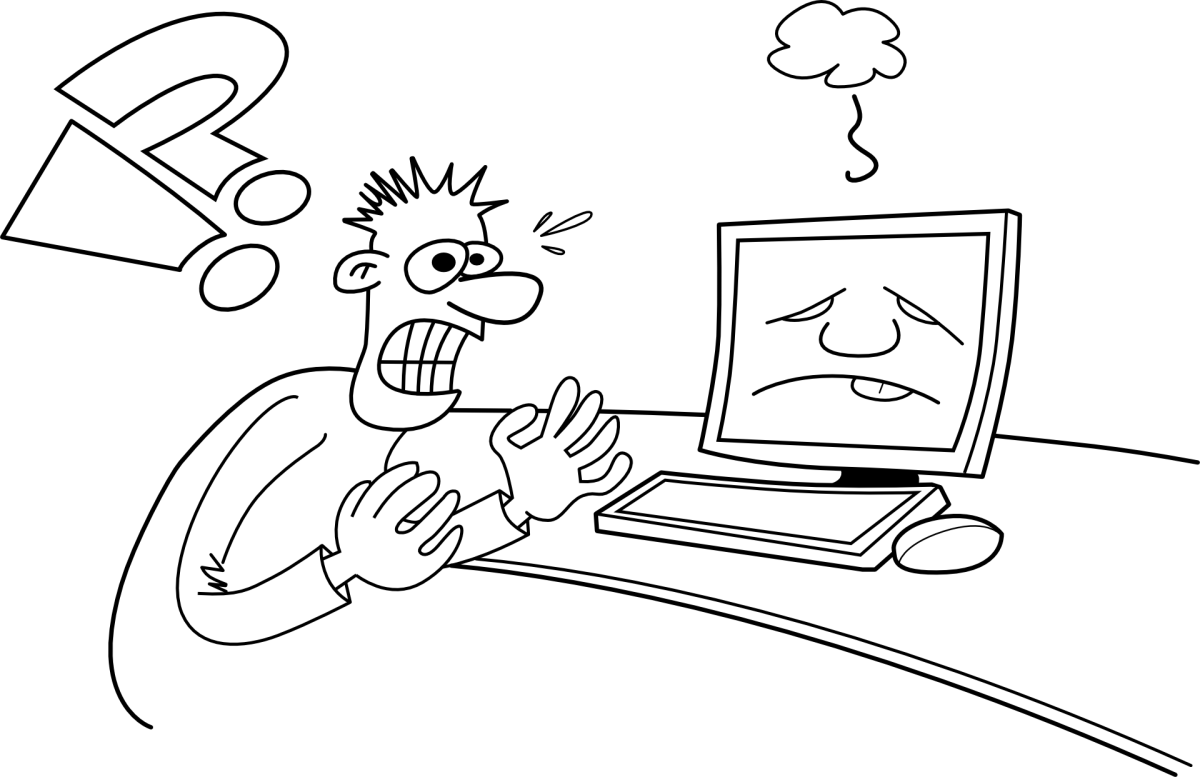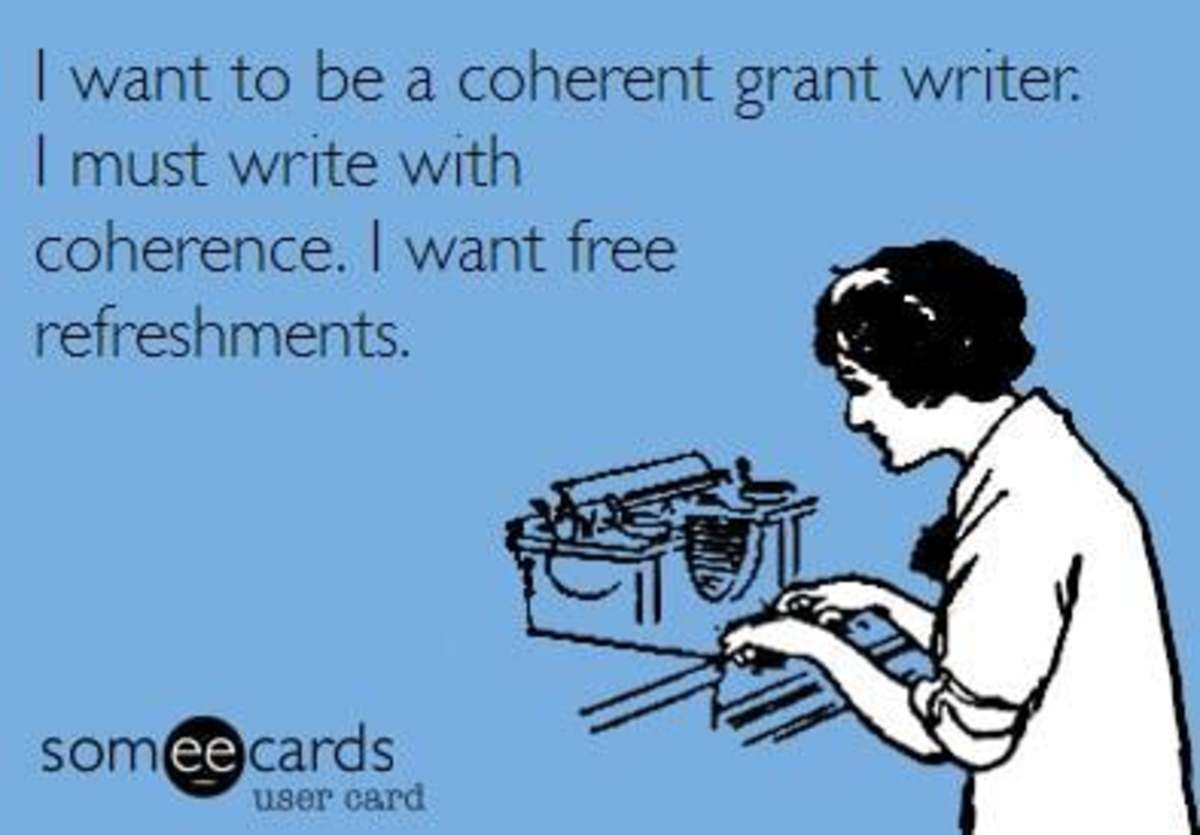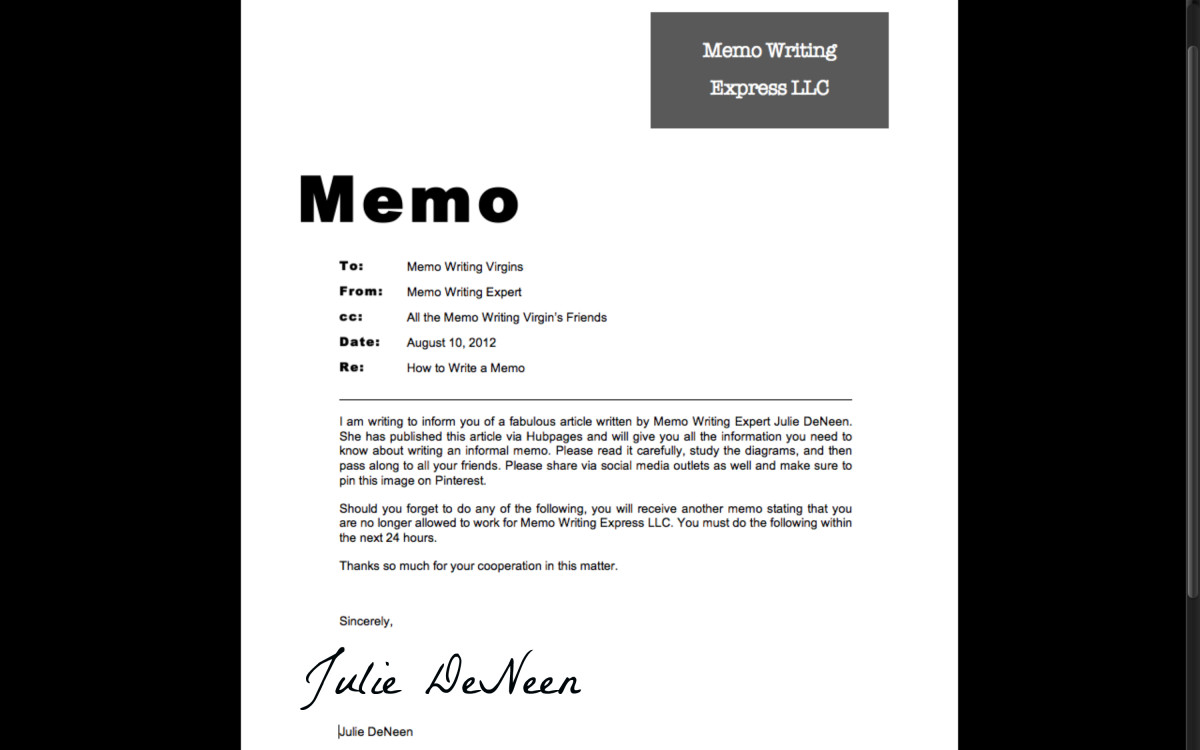A Compete Guideline to Write an Effective Article
Writing is an art of putting your ideas, experiences, beliefs, and motifs in words. Content writing is the art of the description of a certain product. If you're looking for a complete guide to write an article, you've come to the right place. In this article, we are going to talk about the art of writing an effective article for a website or blog.
First of all, if you're going to write any sort of content, you need to be proficient in following grounds;
- Use of proper grammar
- Spellings, and punctuations
- Healthy vocabulary
- The tone of language use
Are you confident in mentioned grounds
Before starting an article writing, let me explain to you what is an article? An article is a non-fiction collection of content about the topics of personal interests, experiences, description of products, or a piece of news.
An article can be published in the print form e.g. in magazines and newspapers or online for websites and blogs. By adopting these guidelines, you can write an equally effective article for print and online source.
The process of writing an article can be divided into two large domains:
- Abstract framework
- Concrete foundation

1. Abstract framework
An abstract is the preliminary of writing an article. Before starting article writing you must be clear of your;
Topic
Think about the appropriate topic before you are going to write. Carefully select the topic from the disciplines of your interests and expertise.
Once you've chosen the topic, rearrange it with respect to SEO(search engine optimization) to get a maximum audience to read your article.
Audience
After the selection of the topic, target your audience. Do not write for the general audience. Readers read content to get a specific piece of information. Usually, generalized content does not fulfill the specific demands of readers.
Objectives
Identify your objectives before actually writing an article. Although, there is no need to mention these objectives in an article. But a writer must be unambiguous what he is going to answer in the article.
Objectives are the answers to questions that a reader will get after reading your article. Think as being a reader, what is missing. What might be the questions of readers after they have gone through your article. Try to address them as effectively as you can.
Material collection
Material or content is the prime factor of a quality article. Especially, if you're writing an article in the niche of science, the durability and validity of material or content matter a lot.
Content should be authentic and updated. Try to avoid old references and content. Your audience needs fresh and updated data.
For your article, you can collect material from your personal experience and knowledge, books, journals, researches, newspapers, websites, etc.
Organize content
To write an effective article, you must organize your content in:
- Introduction
- Main body
- Conclusion
Keep your introduction, short, and to the point. Write your introduction by adopting a subjective approach. Try to avoid the contamination of your main content in the introduction paragraph. Shrink the introduction as much as you can, and come forward to the point of main consideration.
The main body is written in a comparatively objective approach. Introduce your audience with the content by a gradual exposition of the plot.
The conclusion or bottom line is the short summary or extract of the content or your article. In conclusion, you can suggest and summarize your content or may ask your audience opinion or perception about the subject topic.
It is also important to know that there is no need to mention headings such as; introduction, main body, or conclusion in the article. Rather mentioning these headings is considered to be the old and formal approach of writing. Which is taken as absurd in article writing.
Plot construction
To keep your readers attracted to the content is incumbent. This can only be done if you have constructed a well-balanced plot. Hierarchically introduce your audience to the content.
Make a story, readers love to read content in a compelling story form. Reader's interest can be captured to portray the life of common interests. Recount the events by setting a stage and gradually introduce the plot.
If you're introducing a matter of common interest in plain text or content. It can not grab the attention of readers. To present the same content in a story either theoretical or metaphorical form can urge readers to go through your content exhaustively. Your story must be simple, and unornamented, but remember your point of concern should be of human interest.
Note: It is pertinent to know that 'organizing content' is related to the overall structure of your article. Whereas, 'plot construction' deals with the 'main body' or the main content of your article.
2. Concrete foundation
It is a stage when you have gone through all preliminaries and start writing your article. The main task here is the application of specific writing varieties or characteristics in the content. The purpose of such writing varieties is to grab the attention of readers to read your article. In this regard, you can follow the undermentioned sequence:
Brief, illustrate and explain
While writing the main body of your article, it is a visually compelling feature if you add a photo or video. Researches show that we only remember 10% of what we read and 30% of what we see. So it is incumbent to use some visual material as it enhances the credibility of your article.
The sequence should be brief, illustrate, and explain. While discussing an object or point under consideration, give a gist briefly and illustrate via a photo or video and after it explains everything about it.
You can also insert hyperlink as it directs your audience to its primary source. If you're inserting a hyperlink of a video, especially from YouTube and you want a specific portion of a video to be seen by your audience.
For example, you want your audience to watch a YouTube video from its duration of 2 minutes. You can add &t=120s at the end of its original URL and it will take your audience directly to a specific point of the video.
Visually appealing content
One important consideration while writing an article is the use of simple plane language in short sentences and paragraphs. Long sentences and paragraphs are appropriate in strict formal situation i.e. in academic, literally, and essay writing. But the article should pose an informal touch. It helps headers to maintain their interest in the article.
An important point to consider is that short sentences and paragraphs don't mean you blend information in difficult vocabulary. When you write short, your content isn't cheap, rather it is potent. Short means precise and to the point. For example, a shot of tequila instead of a light beer bottle.
Use of simile and metaphor
Simile and metaphor are literally techniques in which you may take your readers from abstract to concrete. It is a comparison between two objects in sophisticated and delicate language. Balanced use of these terms refreshes the mind of readers while consistently reading articles.
A simile is the comparison of two things by using as or like. For example, you compliment an employer as; he learned as drinking from a fire hose. That means he is learning so fast.
On the other hand, metaphor is directly giving someone attributes of something that is considered ideal. For example; you're Einstein of the class rather than saying you're a brilliant student of the class.
Proofreading
After you've done with the draft of the writing, don't forget to reread or proofread it exhaustively. Proofreading eliminates possible writing errors. You can do it by yourself if you're proficient enough. But for beginners, the recommended practice is the use of online tools.
There are many free online sources available one of them is 'Grammarly' to check spellings, punctuation, and other grammatical mistakes. If you're writing an article for your own blog or website, you should also check it for plagiarism. Several online tools such as 'Turnitin' can help you in this regard.
The last but not least, the unstated rule of an effective article writing is practice, practice, and practice until the form and structure of an effective article entered in your subconscious mind. Everybody in the world is unique and has something unique to say. The need is to learn how to write it in a unique way. As a beginner, I will suggest to you, whatever do you know and experience, just write it down. Gradually, follow the abstract framework and move on to the concrete foundation. The time is not so far when you can call yourself an authentic and effective article writer.
This content is accurate and true to the best of the author’s knowledge and is not meant to substitute for formal and individualized advice from a qualified professional.
© 2020 Farooq Ahmad








